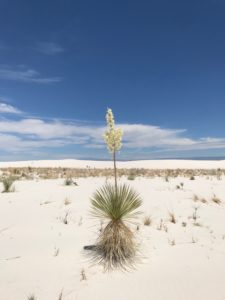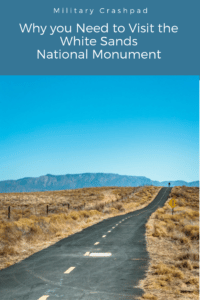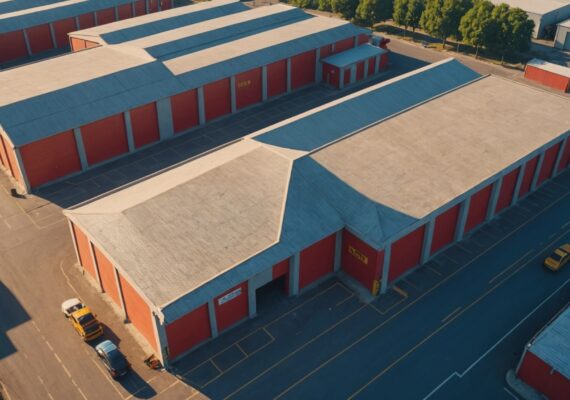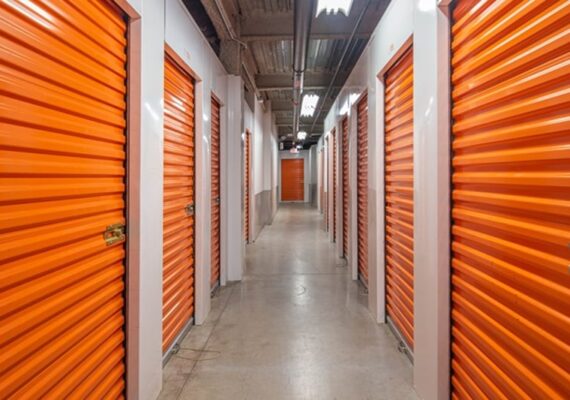White Sands National Park is the largest gypsum dune field of its kind. It is 275 square miles of gypsum sand dunes that are beautiful to see and explore. Year-round tourists can visit the National Monument and park, but the first weekend of April and October gives visitors a special peek into the past as guests are allowed to visit the Trinity Site. The first and only atomic bomb test before the historic drop of Little Boy and Fat Man on Japan soil. It’s conveniently co-located with Holloman AFB, so when you have the chance to visit on TDY, make sure you make time to see the monument.
White Sands National Monument
On Route 60 in New Mexico just sixteen miles south of Alamogordo you will find White Sands National Monument. There you can see the rolling white sand dunes made of gypsum that has no equal on earth. White Sands National Monument preserves a major portion of this unique dune field, along with the plants and animals that live there.
Visitors can find so many different things to do at the dunes. Besides getting an opportunity to learn more about the dunes through the Adventure Packs or Junior Ranger expeditions. You can also drive, bike, hike, camp, picnic, sled and play at the dunes.
Photographers will find a visit to the sand dunes a place to capture spectacular images. While normal families can capture great images, they will treasure years to come. The photos make it look like you are standing on snow.
And don’t forget to check out the special events calendar. One of my favorite events is held each October where hot air balloons rise about the dunes.
Trinity Site
Trinity site is located approximately 60 miles north of White Sands National Monument. Located within the government area of White Sand Missile Range it is only open to the public twice a year, the first weekend of April and October. And even government employees can’t go within the gates that surround the test site except during these weekends.
The Trinity Site was the first test for the atomic bomb. It was given the name Trinity Site after the bomb dropped because the heat from the blast created a glass-like solid that was a greenish shade called trinitite. The blast caused a crater is one-half mile across and eight feet deep. After the detonation, a fence over a mile long was put up to keep government personnel and the public out of due to high radiation. By 1953 much of the radiation had subsided and the first open house was held.
In 1965, Army officials created a monument at the Ground Zero site and in 1975 National Parks Service designated the site as a historic national site. At one point you could still see the fused sand (trinitite), but unfortunately, the glass casing built to protect the site was damaged by sand and you can no longer see it.
And while there isn’t a lot to see at the Trinity Site, it is still a worthwhile venture. It is an eerie place to visit. There is no vegetation growing around the site and seeing the various placards with information about the site, seeing the monument and knowing the history that happened there is astonishing.
Do you want to visit White Sands National Monument and the Trinity Site? If you have been to one or both of these locations share your experience in the comments below.
Written by: Amanda Huffman









